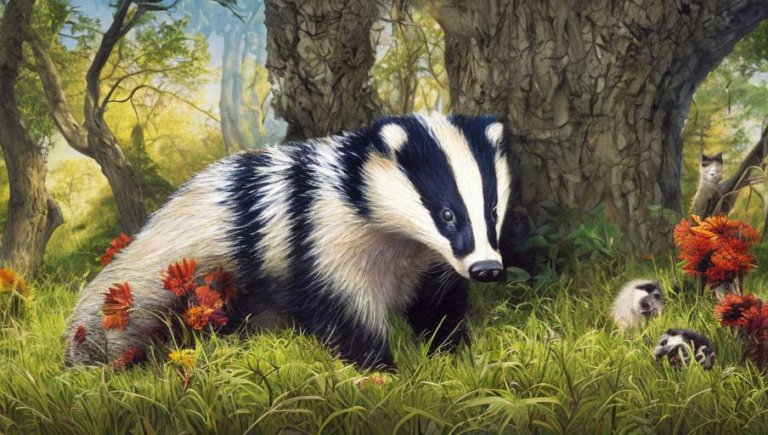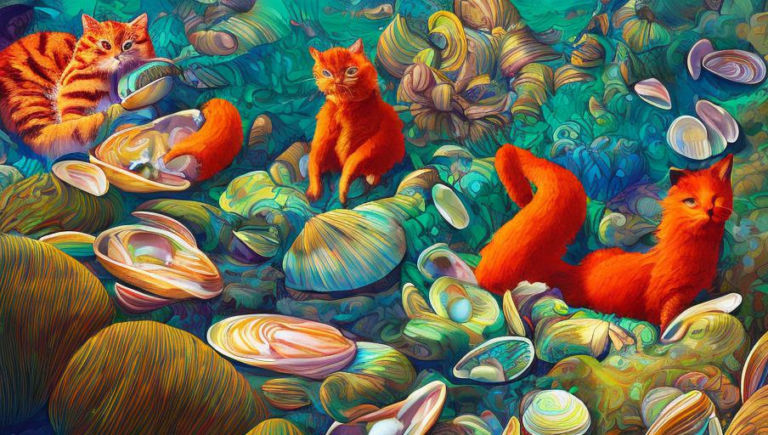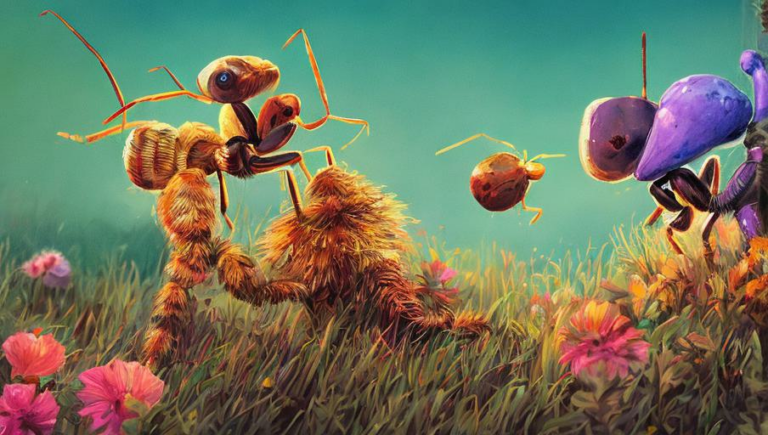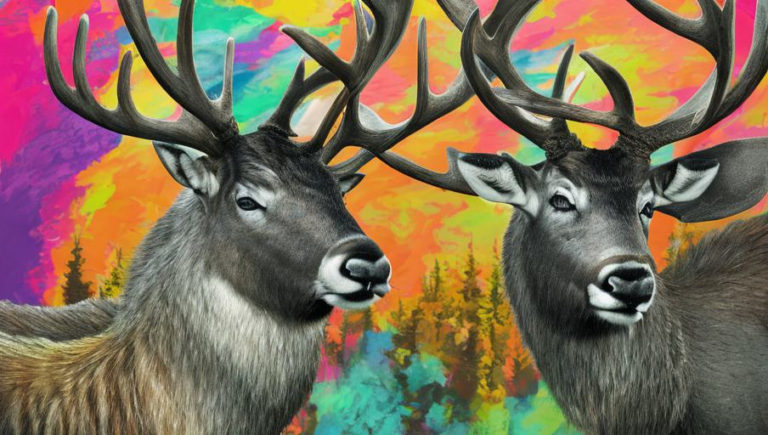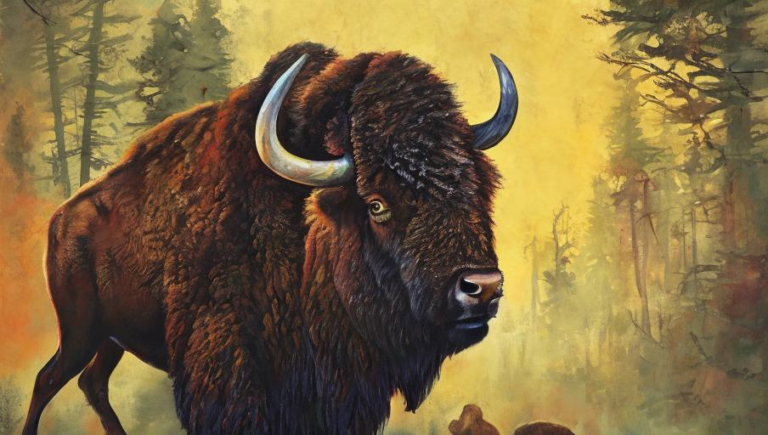Keenly Examining the Role of Baboons in Human Culture
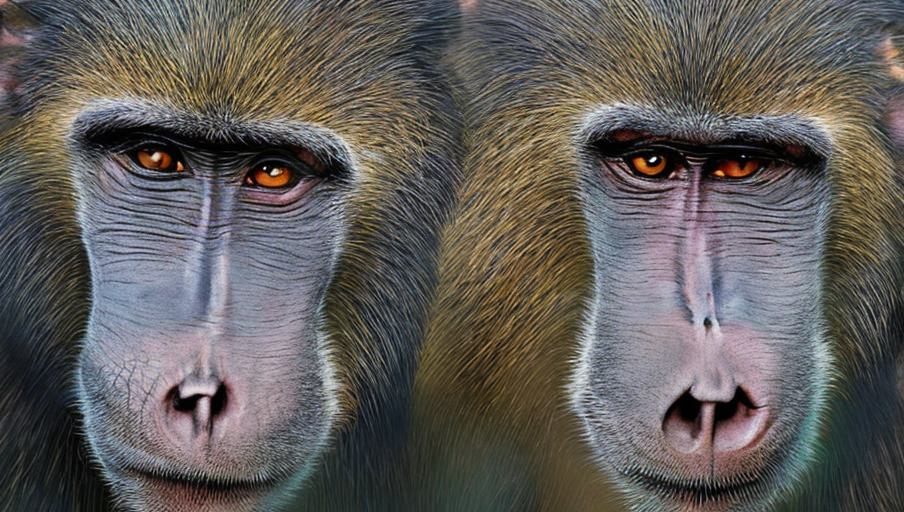
The Social Structure of Baboons
Baboons are members of the Old World monkey family, which includes macaques and guenons. They are social creatures that live in troops of up to 50 animals, and are characterized by their large size and pronounced canine teeth. They live in a hierarchical society, with one dominant male that leads the troop. The troop is ruled by a matriarchal structure, with the alpha female being the highest ranking individual in the troop. The rest of the troop is divided into sub-groups based on age and gender. Baboons are omnivores and have an incredibly diverse diet, which includes fruits, nuts, insects, and small mammals.
Baboons in Human Culture
Baboons have been present in human cultures for centuries. They have been featured in paintings and sculptures by artists, as well as in ancient literature. In ancient Egypt, baboons were seen as symbols of the sun god Ra and were believed to have magical powers. In ancient Greece, baboons were seen as sacred creatures and were believed to be the guardians of the underworld. In more recent times, baboons have been seen as symbols of strength and power, and have been featured in films and television shows.
The Role of Baboons in Ecological Balance
Baboons play an essential role in their environment, as they are important seed dispersers and help to spread nutrients in the soil. They are also important predators, as they help to keep the populations of mice, rats, and other small animals in check. Baboons are also important to the overall health of their habitat, as they are scavengers and eat carrion, and therefore help to reduce the spread of disease. Additionally, baboons play an important role in their environment by providing food for other predators, such as eagles, leopards, and hyenas.
The Impact of Human Activity on Baboons
Unfortunately, human activity has had a negative impact on baboons. The destruction of their natural habitats due to deforestation and urbanization has led to a decrease in their population. Additionally, human-baboon conflicts have become increasingly common, as baboons are seen as a nuisance and a threat to livestock. Baboons have also been hunted for their meat, fur, and other body parts, leading to a decrease in their population.
Conservation Efforts
Fortunately, there are many organizations and individuals working to conserve baboons and their habitats. Organizations such as the African Wildlife Foundation, the Endangered Wildlife Trust, and the International Union for Conservation of Nature are working to protect baboons and their habitats. Additionally, ecotourism has become an important source of income for many communities, as it allows people to experience baboons in their natural habitat. Finally, education and public awareness campaigns are essential in order to ensure that baboons are protected and their habitats are preserved.
Conclusion
Baboons are an important species that play a vital role in their environment. They have been present in human culture for centuries, and their presence has had both positive and negative impacts. Unfortunately, human activity has had a negative impact on baboons, leading to a decrease in their population. Fortunately, there are many individuals and organizations working to conserve baboons and their habitats, and education and public awareness campaigns are essential in order to ensure their protection.
